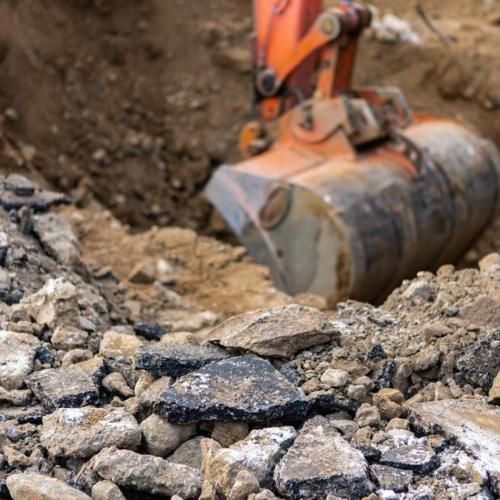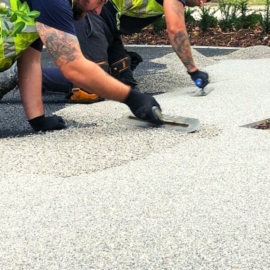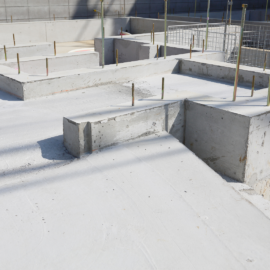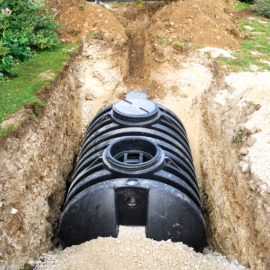TLDR; Construction excavation has no ancient tombs or treasures but is still very carefully done.
What is Excavation?
When you think about excavation, the first thing that comes to mind is archaeology – you can probably see it now, ancient ruins, Egyptian mummies and burial grounds. With regards to construction excavation, it’s not quite so filled with intrigue and treasure. In the construction industry when we think about excavating it is generally the process of getting rid of earth to form an open space in the ground. On large commercial construction sites, this usually requires some heavy duty equipment (that our team are fully trained and licensed to use) and on smaller domestic sites or confined spaces excavation will likely be carried out using manual tools like pickaxes, shovels and the like.
How Does The Excavation Process Work?
As always first things first is health and safety! This is important, although a tad tedious, for both our team and any other site personnel. The job site will also be carefully examined by an expert to determine whether the surrounding environment will be preserved during the excavation.
The second most important step is to determine the excavation sites’ actual size, depth and mark the ground for this. This will create boundaries for the excavation.
Now the real work can begin! The excavation process includes:
- marking the boundaries of the building
- the construction of protection drains
- setting corner benchmarks
- surveying ground and top levels
- excavation to the approved depth
- dressing the loose soil
- marking up the cut off level
- the construction of dewatering wells and interconnecting trenches
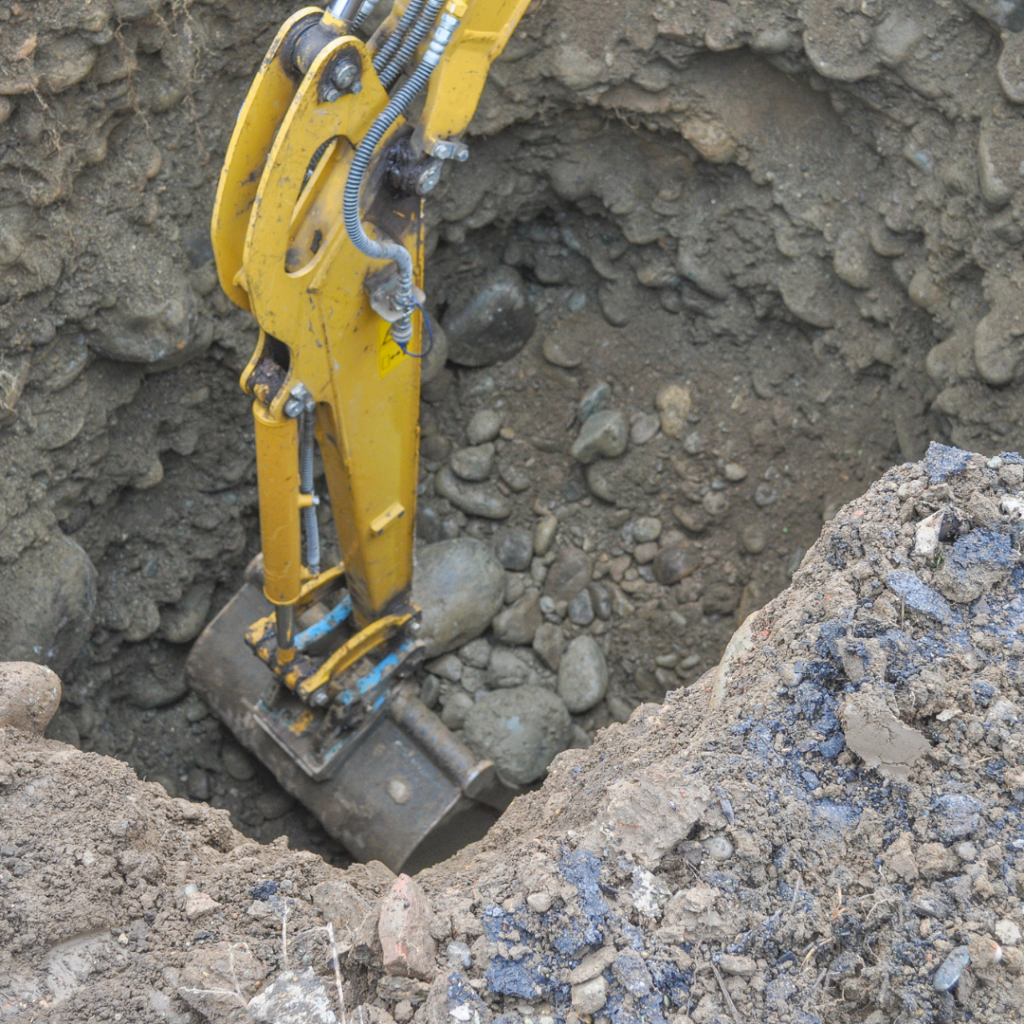
The Most Common Types of Excavation in Residential Construction
Cut and Fill
Cut and fill construction excavation is usually used when constructing a railway, road or canal. The amount of material that is removed will (roughly) match the amount of fill needed to make nearby embankments. This minimises the amount of labour required.
Trenching
A trench is an excavation site where the length of the dig is much more than the depth. Shallow trenches are u6m and below, and deep trenches are greater than 6 m. Trench, or footing, excavation is typically used to form strip foundations, buried services etc.
Rock
This is the removal of material (like rocks) that cannot be excavated without using specialist excavation methods such as drilling (by hand or with heavy machinery) or blasting with explosives.
Construction Excavation in the South East of England.
Contact us now to get the ball rolling on your construction project! J U Contractors operate throughout Kent, London, Surrey and further afield – make sure you’re following our Facebook and Instagram for regular service updates!

